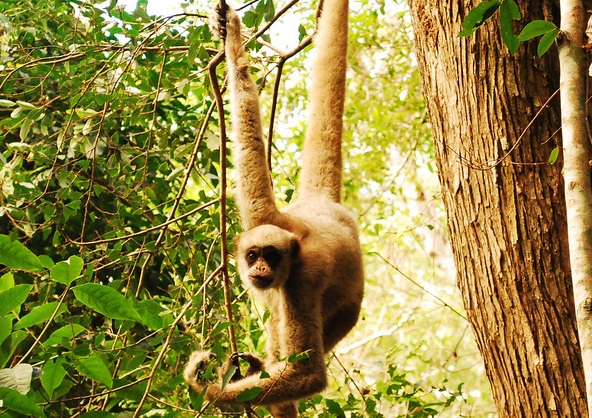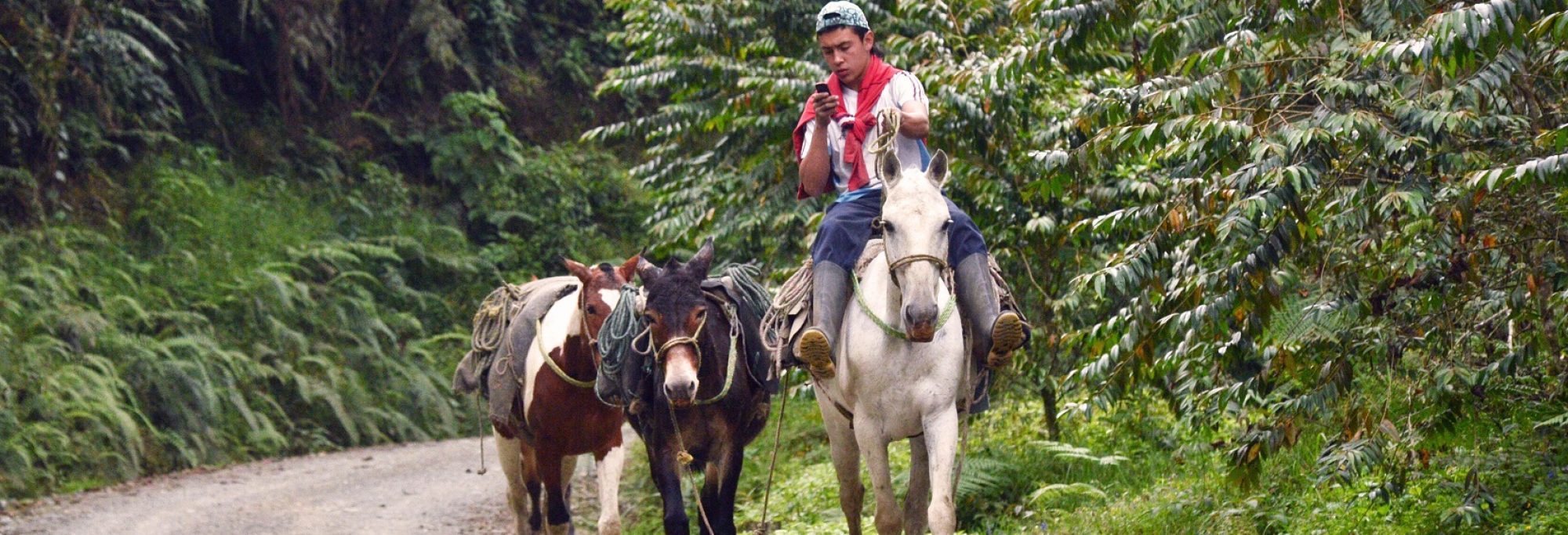Brazil’s Atlantic forests are losing mammal species, Argentine heart patients prescribed tango classes, and singing mice in Costa Rica may yield clues to human speech.
ARGENTINA
Patients in Buenos Aires recovering from heart surgery are being prescribed tango classes as part of their physical therapy. The Argentine rehabilitation program has been met with success and enthusiasm, according to a video from the BBC.
An Argentine scientist has managed to reduce by 60 percent the duration of episodes in certain forms of epilepsy in laboratory tests. Mariano Belluscio, a postdoc at the University of Buenos Aires, inserted implants in lab rats that detect the onset of an epileptic episode and administer an electrical pulse to counter the activity. Seizure duration was reduced by 60 percent, the researchers reported in the journal Science last week.

BRAZIL
An assessment of Brazil’s Atlantic forests has shown that mammal extinctions are occuring twice as fast as previously estimated. The study looked at 18 mammal species in an area of more than 250,000 square kilometers. The jaguar, lowland tapir, white-lipped peccary, woolly spider-monkey, and giant anteater have all been almost completely removed from the 196 forest fragments studied. The report was published in the open access journal PLoS ONE.
CHILE
In an article published this week in the U.K.’s Guardian newspaper, Chilean scientist Pablo Astudillo argues that Chile needs to make investment in science research more of a national priority. In 2010, investment in research was only 0.5% of the Chilean GDP, Astudillo writes. His advocacy group, Mas Ciencia para Chile (More Science for Chile), is made up of scientists, journalists and students interested in promoting scientific research and the dissemination of science. In response, Chile’s National Commission for Scientific and Technological Research (CONICYT) submitted a rebuttal letter in the journal Science.
COLOMBIA
Forty percent of the Colombian Amazon stores 1.500 billion tons of carbon, reports an international group of scientists using three dimensional imaging and a remote sensing technology called LiDAR. The area studied totals 64,000 square miles and includes seven national parks. “This technology allows the mapping and monitoring of changes in carbon reserves in tropical forests with a high level of detail, despite the extremely ample size of the region,” Greg Asner, lead author of the study published in the journal Biogeosciences, told SciDevNet.
COSTA RICA
Singing mice from the cloud forests of Costa Rica are helping scientists understand the genes that affect language in humans. The rodents squeak up to twenty times per second and Steven Phelps at the University of Texas at Austin is looking at the genetic component of the vocalizations. A gene called FOXP2, which has been implicated in speech disorders in humans, is being mined for sequences unique to the sounds made by the singing mouse. Phelps’ research has been recently published in the journal Behavior.
ECUADOR
More than 6,000 square miles of jungle on the shared border of Ecuador, Peru and Colombia make up the three natural reserves the countries have agreed to protect. Last July, the Cuyabeno Reserve in Ecuador hosted a summit of park rangers and conservationists. Last June, the three countries signed an agreement that formalized the conservation and sustainable development of the area.
MEXICO
Researchers in Mexico are looking at 21 genes associated with type 2 diabetes in 1,500 Mexicans of mixed descent. Maria Teresa Tusie, of the National Autonomous University of Mexico (UNAM) says that her group has associated the disease with eight of 21 genes in the Mexican mestizo population.
A total of twenty-three California condors will be released from a reintroduction center in Mexico’s Sierra de San Pedro Martir in Baja California, announced the Mexican Ministry of the Environment (Semarnat). The condor program, which runs on a little over $100,000 a year, has been funded over the past ten years by the U.S. and Mexican governments.
